The Track
A Section Blog

Can you build a team of just AI tools?

ChatGPT’s unhelpful responses might be your fault
When ChatGPT gives us subpar answers, it's our instinct to blame the tech. However, the real problem with human-AI collaboration is not the AI.
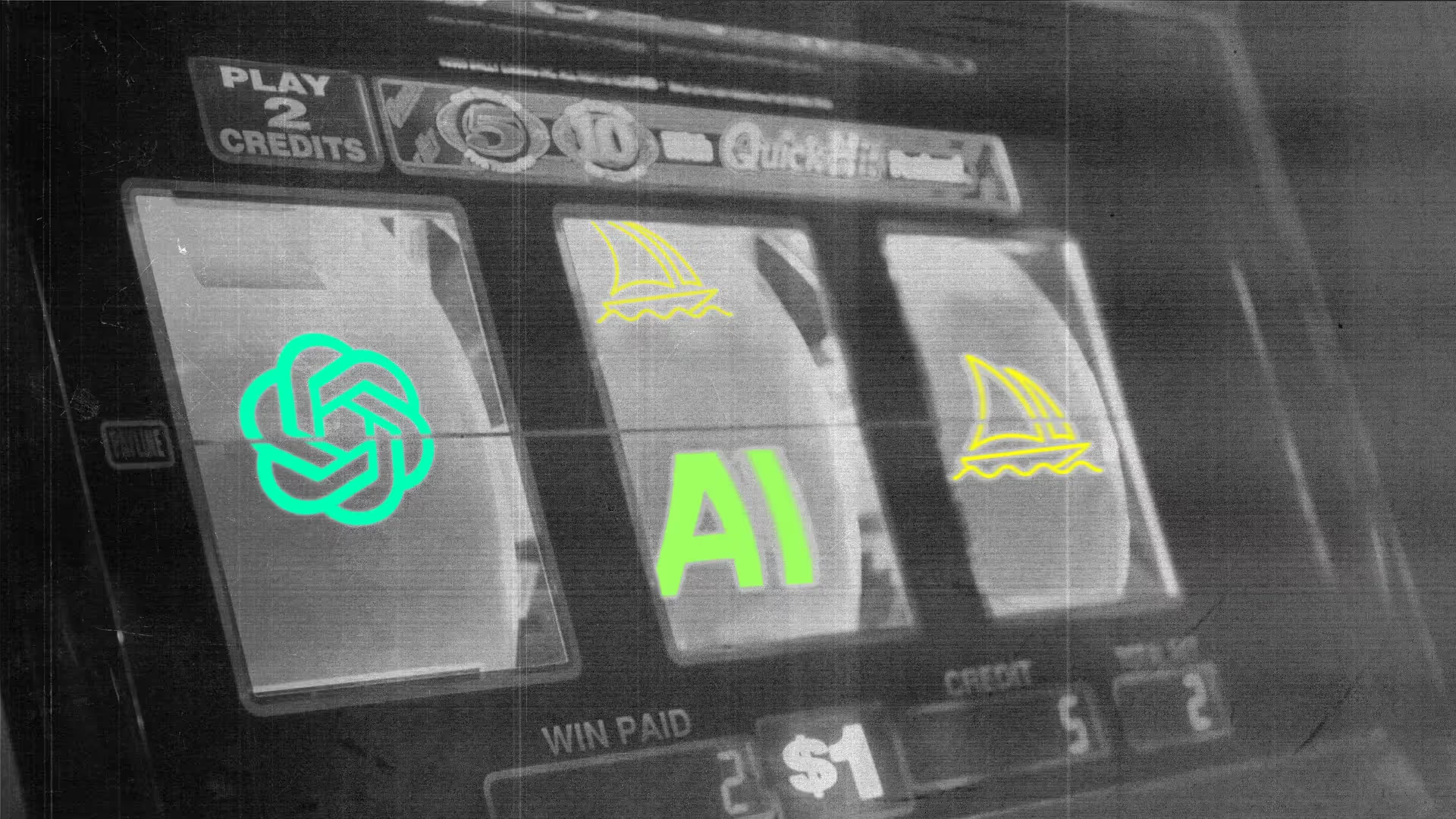
Where’s the money in AI? 10 insights from Azeem Azhar
Which AI projects and businesses will make their money back, and which will falter? Exponential View's Azeem Azhar weighs in.
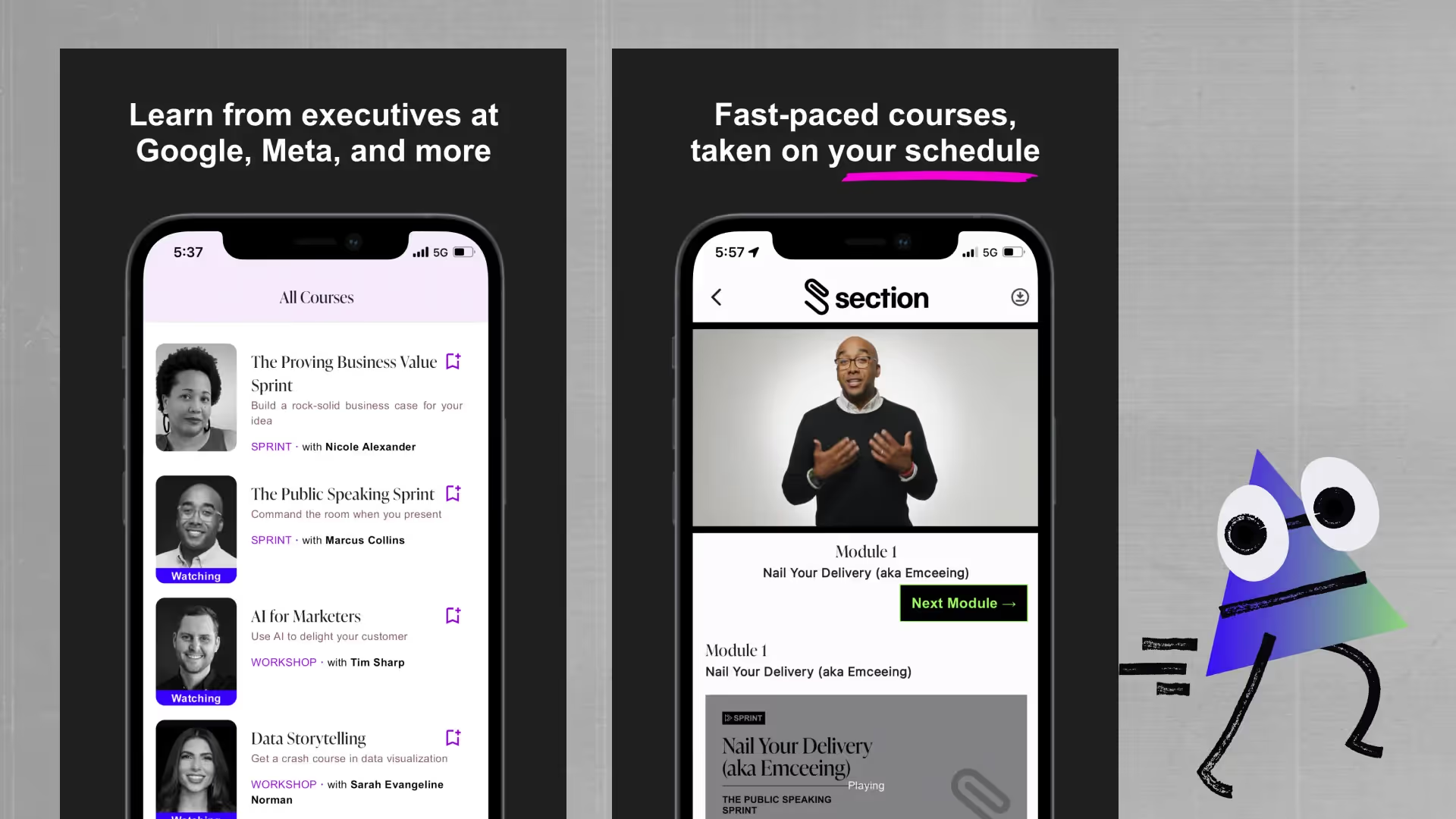
Section now has a mobile app!
Download the Section app in the Android or iOS store to watch and complete courses on the go.
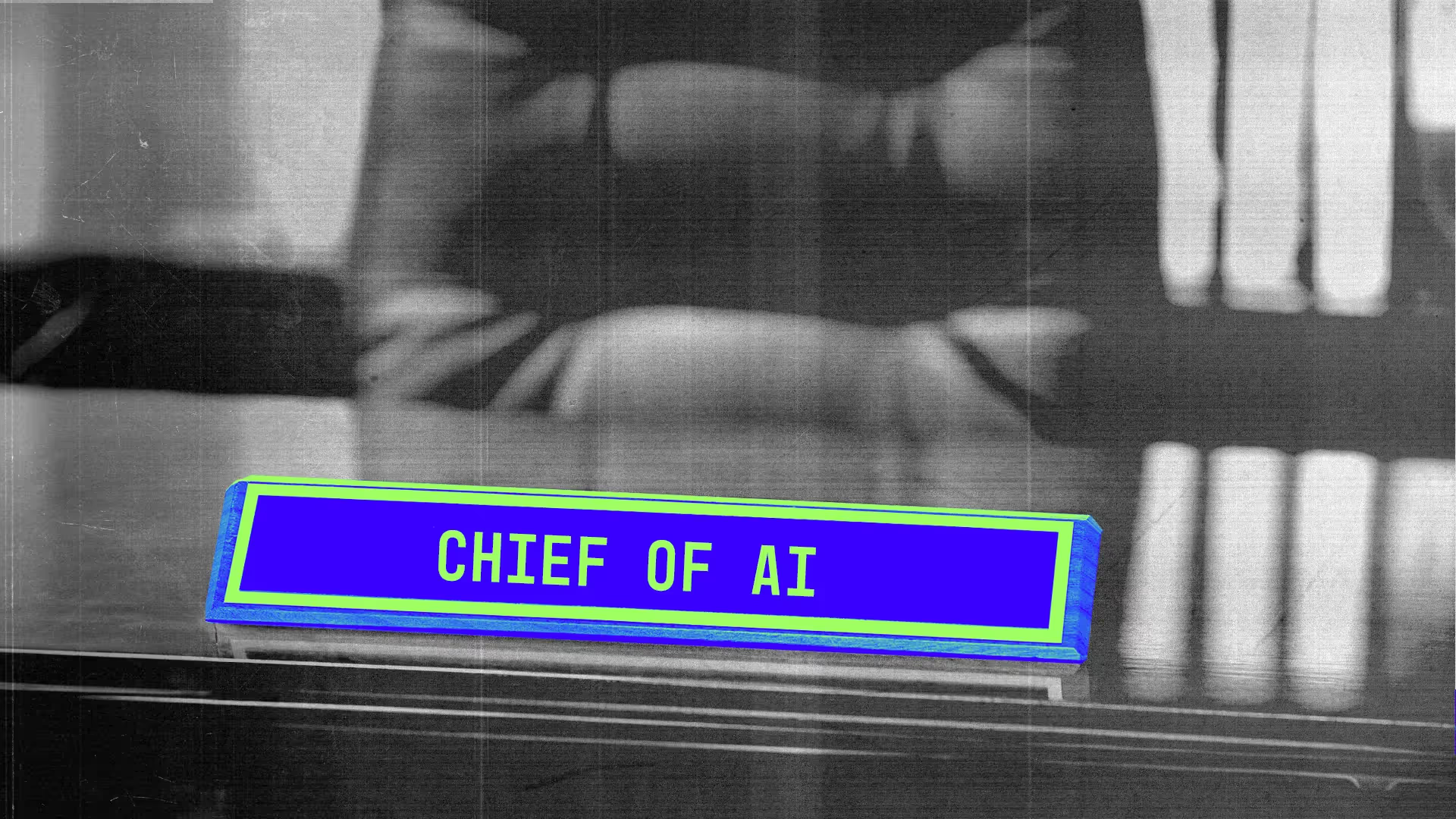
How to become a Chief of AI
Pitch yourself as Chief of AI using this AI job description and talking points.

100 POVs on AI from the world’s leading experts
We spoken to dozens of AI leaders, experts, and builders - here are their 100 best ideas.

Yes, you will lose your job to AI
Greg's best advice for preserving your value.
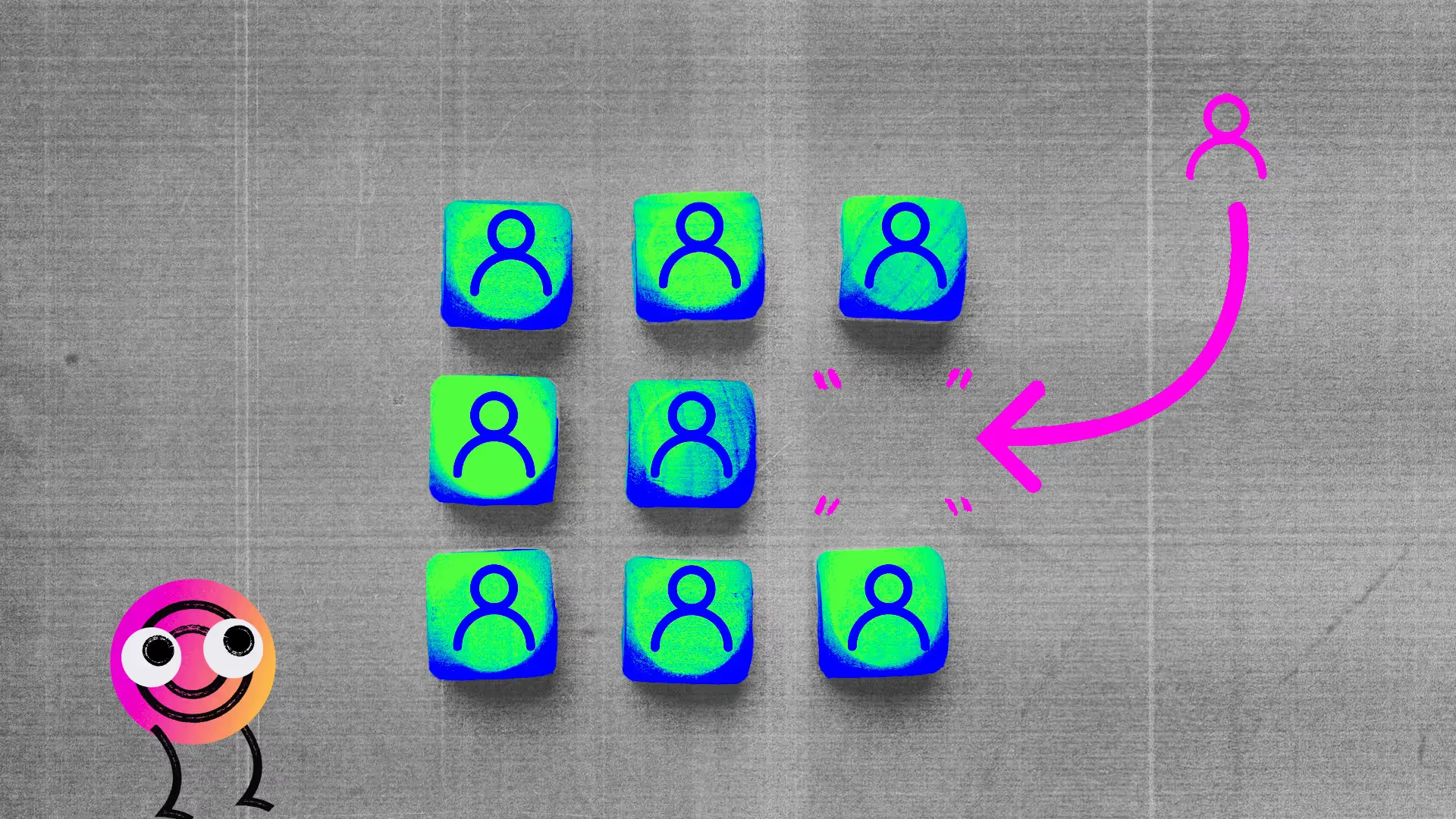
How to appoint (or become) your company's next chief of AI
Your business needs a chief of AI. Here's everything you need to know about how to appoint one, including a job description.
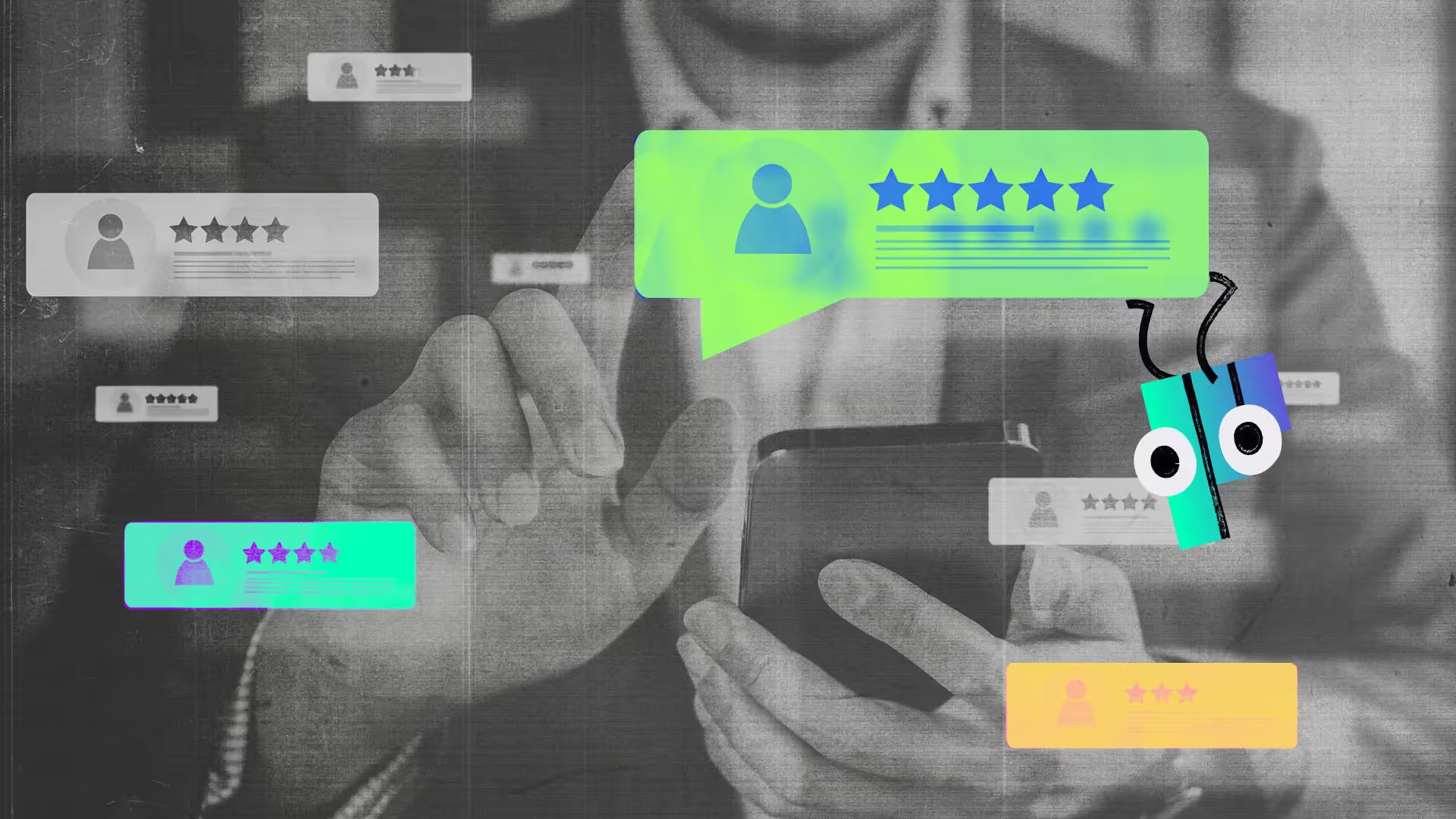
5 insights on learning from Section's Annual Outcomes Report
We surveyed your employees on the blockers that stand in the way of learning. Read our post to learn how to engage them in learning and prove the ROI of your programs.









